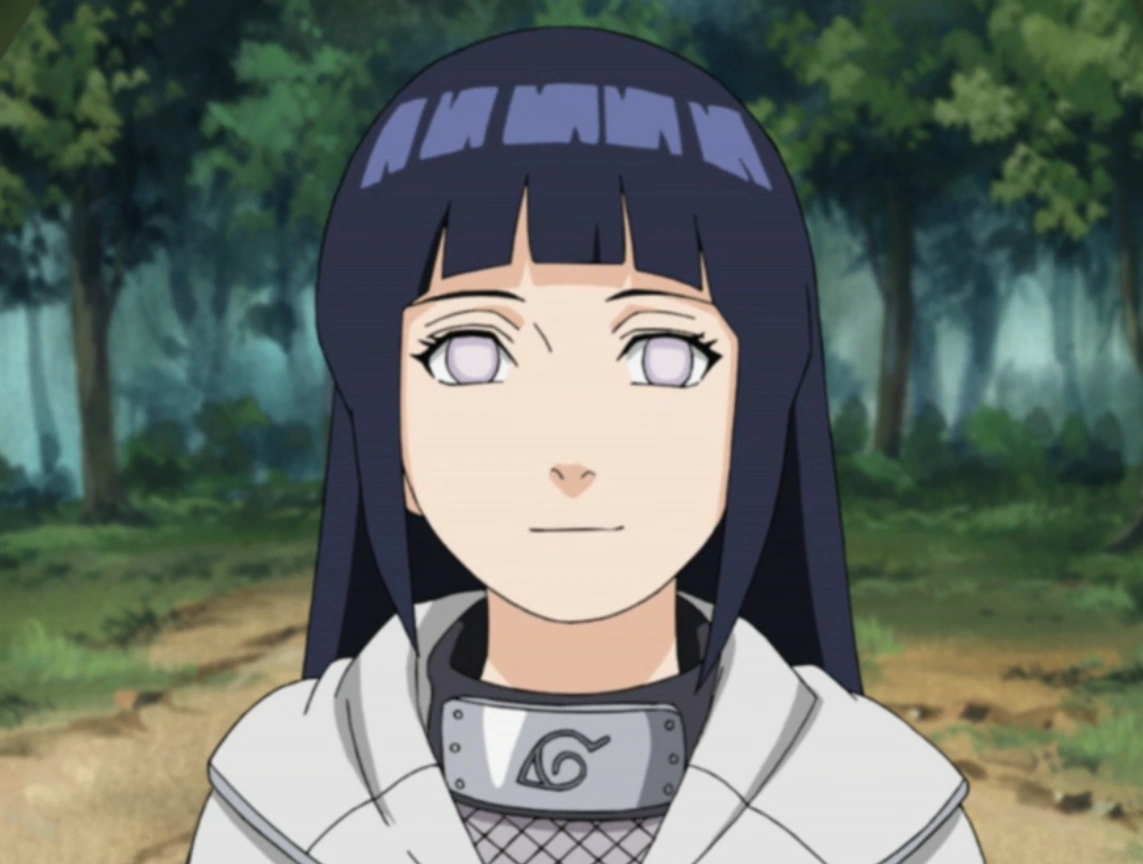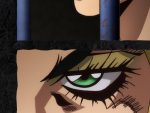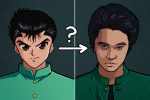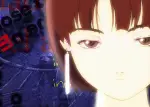There is nothing more devastating than a story’s wasted potential. In the case of “Naruto,” a popular Japanese anime series written by Masashi Kishimoto, the show’s failure to live up to many of its brilliant ideas is particularly tragic. Kishimoto completely sidelined every concept and character that he introduced in “Naruto” (except for the Uchiha clan, of course). However, the series’ wasted potential rings especially true in terms of its female characters. It is not an exaggeration to say that every single female character in “Naruto” is underutilized, underdeveloped and unrelatable.
This comes as no surprise since the show falls under the Japanese genre known as “shōnen,” which translates to “boy.” Naturally, “shōnen” targets middle and high school boys. Most stories within the genre originate from male authors and feature male characters, as many publishers assume that fans resonate more with male leads. “Shōnen” stories typically include a male lead, his frenemy rival (with whom the lead has intense chemistry) and the token female lead — who is usually the tertiary character. In “Naruto,” these characters are, respectively, Naruto Uzumaki, Sasuke Uchiha and Sakura Haruno.
Titular character Naruto is a loveable, knuckleheaded ninja with aspirations to become Hokage, the leader of his village, and gain the respect of his community. Frenemy and rival Sasuke, the “last” surviving member of the Uchiha clan, harbors an all-consuming desire to exact revenge on his older brother for killing their entire clan. Finally, token female Sakura is a “regular” girl whose main goal is to make Sasuke fall in love with her.
In “Naruto,” Kishimoto writes female characters who cannot shine apart from the male characters. Sarah G. Daugherty writes, “The women in Naruto are all shadows of real women, but they all fall within the shōnen framework that places women either in the male gaze or in the position to later fulfill the very “Good Wife, Wise Mother” ideal – the idea that women should aspire to become nothing more than wives to husbands and mothers to children.”
All of the female characters feel like unfired clay: the shape has been trimmed and decorated, but it is unfinished and fragile. In particular, Hinata Hyuga, Naruto’s love interest, embodies the female characters’ lack of true development in that she fulfills the “Good Wife, Wise Mother” ideal by the end of the series.
Hinata Hyuga belongs to one of the most powerful clans in the Leaf Village and possesses the Byakugan (“All Seeing White Eye”), an inherited ability that even rivals Sasuke’s Sharingan (“Mirror Wheel Eye”). Hinata’s gentle personality, however, prompted her father to deem her weak and unworthy to be heiress of the main house. The Hyuga clan consists of two parts: the main house and the branch. The main house runs the family and receives protection from the branch house. To cement the separation between the houses, members of the main house brand branch members with a cursed seal upon the third birthday of the heir to the main house. This seal gives the main house members absolute control, as they can destroy the branch members’ brain cells or inflict a great deal of pain on them. The power dynamic between the two houses puts Hinata in direct conflict with her cousin, Neji, who belongs to the branch house and holds a deep enough resentment towards Hinata that he attempts to kill her. In addition, Hinata has a strained relationship with her younger sister, Hanabi. Their father named Hanabi heiress after ordering Hinata and Hanabi to physically fight each other for the position.
Hinata’s backstory provides her the perfect setup to navigate character and political conflict, personal growth and strained familial relationships in a complex and captivating manner. Her character overflows with possibility. Since Kishimoto wrote many nuanced storylines for the Uchiha Clan, curating a complex arc for Hinata surely should not have been a problem.
Here’s the issue: Hinata’s primary motivation as a female character is Naruto Uzumaki. He is the only reason she comes out of her shell and recognizes her worth and strength.
Women desiring true love and affection is not a character flaw by any means, even if the modern consensus says it is. Wanting to love and to be loved is a natural and beautiful thing. The issue arises when writers make a female character’s desire for love her only defining trait and forget to include the rest of her personality. Even the most doting, head-over-heels woman boasts other defining traits and hobbies.
Hinata’s love for Naruto is admirable, but her entire character revolves around him. Kishimoto failed to allow her to grow on her own. While Kishimoto used Naruto to change and motivate Neji’s character as well as Hinata’s, Kishimoto gave Neji his own intricate storyline and motivation. The viewer saw a glimpse of the internal politics of the Hyuga Clan through Neji’s perspective as a branch member. However, the viewer cannot say the same for Hinata because her character and backstory depend on Naruto. Naruto is the one who motivates her. Naruto is the one who saves her. And Naruto is the one who vows to change the Hyuga Clan’s ways.
For example, during the Chūnin Exam story arc, Neji and Naruto face off in the final stage of the exams. Ultimately, their battle is one of ideologies: Naruto’s unrelenting determination and hard work against Neji’s unyielding belief that people are born with a predetermined destiny. After Neji pummels and bloodies Naruto, he gives a speech; he argues that those born failures will remain failures and that those born geniuses will remain geniuses — essentially describing his experiences as a branch member. Naruto, the “Proud Failure” (as Hinata dubbed him), then defeats Neji and vows to change the Hyuga Clan’s ways once he becomes Hokage.
This storyline belongs to Hinata, the first-born and initial heiress of the Hyuga clan. The vow to change the Hyuga clan would have been the perfect opportunity to see Hinata grow and mend the distrust and resentment within her clan. Afterall, Naruto is an outsider; Hinata is not. Yet Naruto is the character to whom Kishimoto gave such an ambition.
Hinata, who failed to live up to her father’s expectations despite being his heir and then worked extremely hard to earn her spot in the family, encapsulated and then challenged both Neji and Naruto’s ideologies. She fits the mold. She contradicts. But Kishimoto sidelined and failed to explore her character — and the rest of her female counterparts.
This merely scratches the surface of Hinata Hyuga’s character. The potential to do more with her character was always there; however, Kishimoto’s inability to see women as capable characters suffocated any and all possibility for complex development. It is important for writers to remember that women and young girls have always been and will always be in the audience — even when networks market the show to another demographic. Great characters thrive off of great storylines, and these storylines belong to everyone.
















